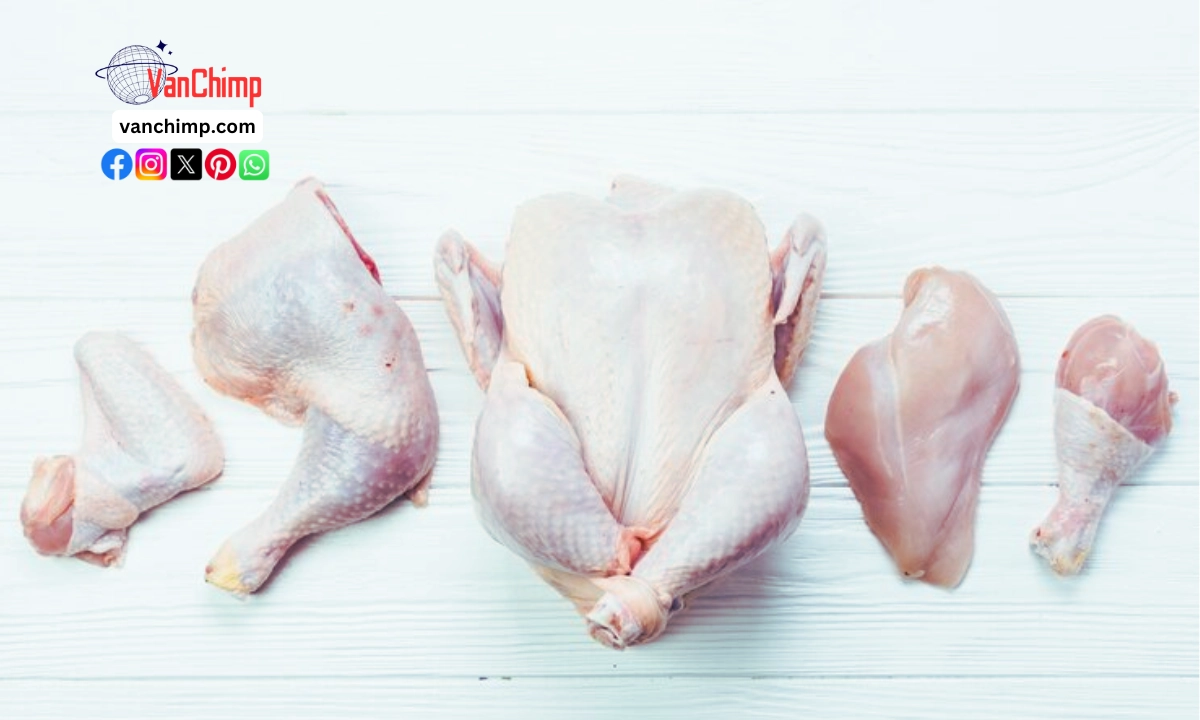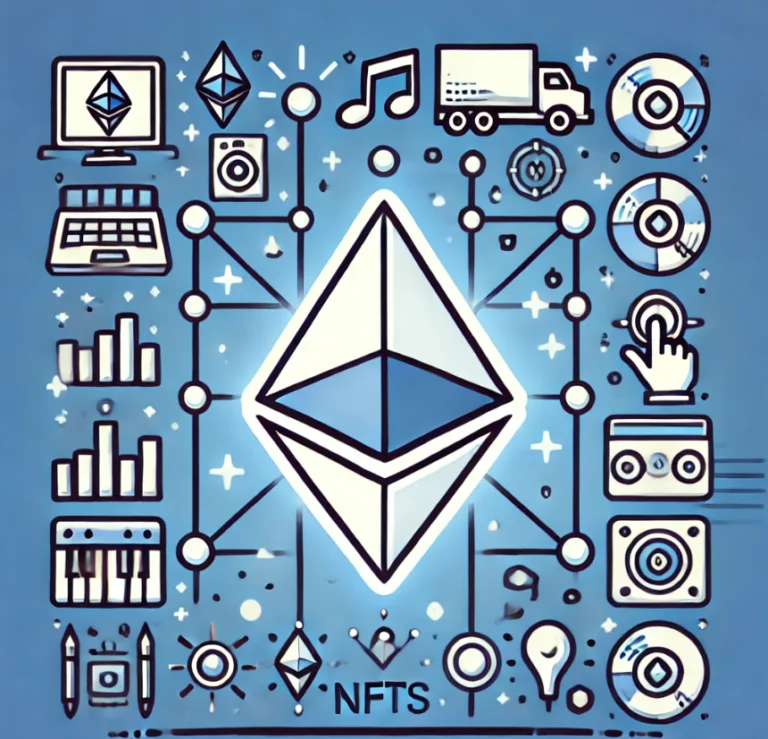
1kg Chicken Rate Today
Chicken is one of the most popular meats worldwide. Its versatility and affordability make it a staple in many households. But have you ever wondered how much chicken costs in different parts of the world? In this blog, we’ll explore the price of 1kg chicken fillets today, comparing rates across various countries. We’ll also delve into the factors influencing these prices and what this means for consumers.
The Global 1KG Chicken Rate Today
Chicken prices vary significantly from one country to another. Here are the prices of 1kg chicken fillets in various countries, converted to USD for easy comparison:

- Switzerland: $27.89
- Germany: $15.80
- Netherlands: $15.53
- France: $13.87
- Norway: $13.74
- Austria: $13.65
- Finland: $12.49
- Canada: $12.33
- Luxembourg: $12.20
- United States: $12.04
- Italy: $11.41
- Sweden: $11.34
- Belgium: $10.87
- Denmark: $10.75
- Slovenia: $10.45
- Israel: $10.42
- Singapore: $10.41
- Ireland: $10.25
- Greece: $10.23
- Uruguay: $9.90
- Hong Kong (China): $9.81
- New Zealand: $9.69
- Croatia: $9.51
- Costa Rica: $8.87
- South Korea: $8.73
- Qatar: $8.71
- Australia: $8.67
- Cyprus: $8.63
- Malta: $8.59
- United Kingdom: $8.42
These prices illustrate how diverse the cost of chicken can be. Switzerland, for instance, has the highest price, while the United Kingdom is more affordable. But why is there such a variation?
Factors Influencing Chicken Prices
Several factors influence the price of chicken in different countries. Understanding these factors can provide insight into why you might pay more or less for chicken depending on where you live.

1. Production Costs
The cost of raising chickens varies widely. Factors such as feed prices, labor costs, and farm maintenance all contribute. In countries with high labor and feed costs, chicken prices tend to be higher. For example, in Switzerland, high living standards and strict animal welfare regulations contribute to the high price of chicken.
2. Import and Export Policies
Countries that import chicken might face additional costs due to tariffs and taxes. Conversely, countries that export a lot of chicken might have lower domestic prices due to higher production volumes. For instance, the United States, a major chicken exporter, has relatively lower prices compared to many European countries.
3. Demand and Supply

The basic economic principle of supply and demand also plays a crucial role. In countries where chicken is a primary protein source, demand is higher, which can drive up prices. Conversely, in countries where other meats like beef or pork are preferred, chicken might be cheaper.
4. Economic Conditions
The overall economic health of a country affects food prices. Inflation rates, currency value, and general economic stability can influence how much consumers pay for chicken. Countries with strong economies might have higher food prices due to better purchasing power and higher wages.
Why Chicken Prices Matter
Understanding chicken prices is important for several reasons:

1. Budgeting
For many families, especially those with tight budgets, knowing the price of chicken can help in meal planning and budgeting. Chicken is often a cost-effective source of protein, and being aware of price variations can lead to smarter shopping choices.
2. Nutritional Planning
Chicken is a healthy source of protein, and for many, it is a dietary staple. Knowing the cost can help ensure that it remains a regular part of the diet without breaking the bank.
3. Economic Insights
Chicken prices can reflect broader economic conditions. Rising chicken prices might indicate inflation or economic stress, while stable or falling prices could suggest economic stability or improvements in production efficiency.
Global Chicken Prices: Detailed Insights
Now, let’s take a closer look at the prices in some specific regions and countries to understand the context better.

1. Europe
Europe shows significant variation in chicken prices. Switzerland tops the list with $27.89 per kg, which can be attributed to high production costs and stringent regulations. Germany and the Netherlands also have higher prices, reflecting their strong economies and high living standards. Countries like Poland and Romania have much lower prices, around $6.15 and $6.39 respectively, due to lower production costs and different economic conditions.
2. North America
In North America, Canada and the United States have relatively moderate prices, with $12.33 and $12.04 per kg respectively. These countries benefit from efficient production methods and high domestic supply, keeping prices more affordable compared to Europe.
3. Asia
Asian countries show a broad range of prices. Japan, with $5.91 per kg, reflects higher living costs and import dependencies. In contrast, countries like India and Bangladesh have much lower prices at $3.17 and $2.41 per kg, respectively, due to lower production costs and different market dynamics.
4. Middle East
In the Middle East, prices vary as well. Qatar and the United Arab Emirates have moderate prices at around $8.71 and $7.45 per kg. These countries often import chicken, which adds to the cost. Israel, on the other hand, has a higher price of $10.42 per kg, reflecting its developed economy and higher production costs.
5. South America
South America also displays diversity in chicken prices. Uruguay has a higher price at $9.90 per kg, while Brazil, a major chicken exporter, enjoys lower prices at $3.62 per kg. Economic conditions and production capacities largely influence these differences.
Implications for Consumers
For consumers, understanding these prices and the factors behind them can lead to better purchasing decisions. Here are some tips:

1. Shop Around
Prices can vary not just between countries but also within regions and even cities. Checking multiple sources and comparing prices can help you find the best deals.
2. Consider Bulk Buying
Buying in bulk can often reduce the cost per kilogram. If you have the storage space, consider purchasing larger quantities to save money in the long run.
3. Look for Sales and Discounts
Many stores offer periodic sales and discounts on chicken. Keeping an eye out for these deals can help you get more for your money.
4. Understand Local Markets
Local markets often have fresher and sometimes cheaper options compared to big supermarkets. Visiting farmers’ markets or local butchers can provide better quality at competitive prices.
Conclusion
The price of a kilogram of chicken changes a lot from one country to another. Many things make the price go up or down, like how much it costs to raise chickens, rules about bringing chicken in or sending it out of the country, how many people want to buy chicken, and how strong the country’s economy is.
Knowing these prices and why they are different can help people make smart choices about spending their money. For example, if you live in a place where chicken is very expensive, you might want to buy less of it or look for cheaper cuts. On the other hand, if chicken is cheap where you live, you might want to buy more of it.
By looking at chicken prices around the world, you can also learn about how different countries’ economies are doing. For instance, if chicken is very expensive in one country, it might mean that people there are not as rich as people in other countries where chicken is cheaper.




